Dan Lepard and his book: Short & Sweet

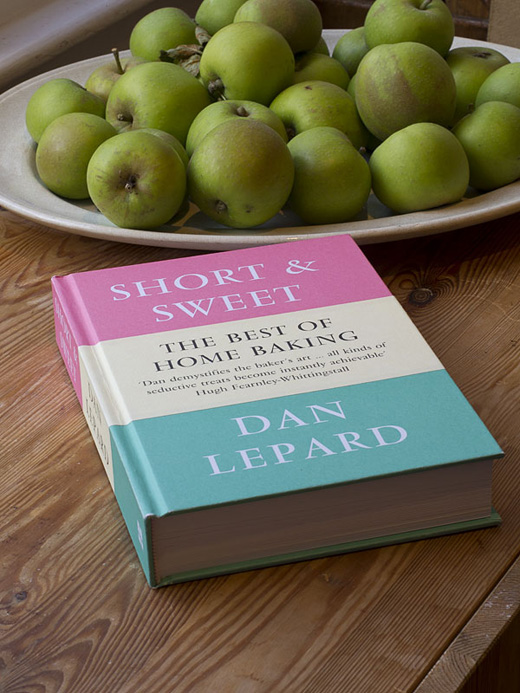
It was a coincidence that Bikerboy and I met Dan and David at their home when the first copy of their new book, Short & Sweet arrived in the country. We had just finished lunch and Dan was showing the final draft of the book, explaining how they had to insist on the very specific colour tones for the cover, and showing the details in the photographs when the doorbell rang and a courier delivered hot from the press Dan and David’s very first copy. It was lovely being there when it arrived, I’ve even recorded the moment on my phone, there was a mixture of excitement and slight trepidation of seeing something you’ve worked on for a year come to fruition.
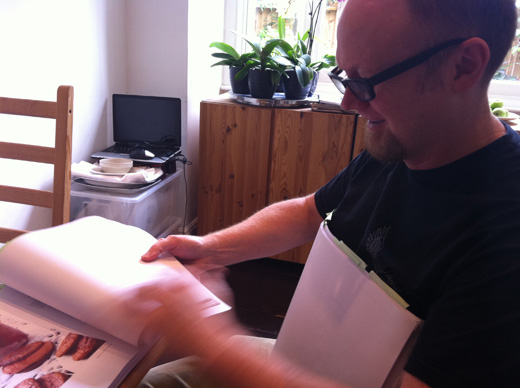
I was allowed to hold it…I tried really hard not to breath on it!
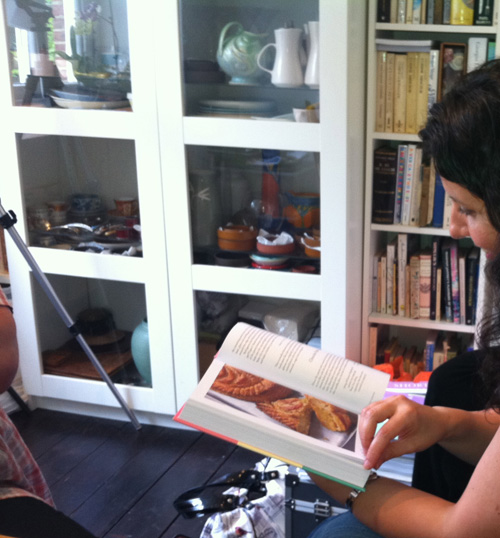
Dan Lepard and His Baking Career
I wasn’t aware before I met Dan of his previous life as a fashion photographer and at the point he told me that, a few things fell into place for me about him, his style of photography, the way he observes small detail and his creativity in making things away from the norm.
Dan made a decision to have a second career in the food business at the age of 27, in 1992, becoming a pastry chef for Alastair Little in Soho. The usual sequence in the kitchen then would’ve been for him to move his way up, away from the pastry section but this wasn’t what Dan wanted, he was at home with the baking. By the end of the year he landed a job as David Hockney’s chef first in London then in LA for a year. After that in what sounds like a very American way he drove all the way to NYC and worked in restaurants there until the following year when he returned back to London.
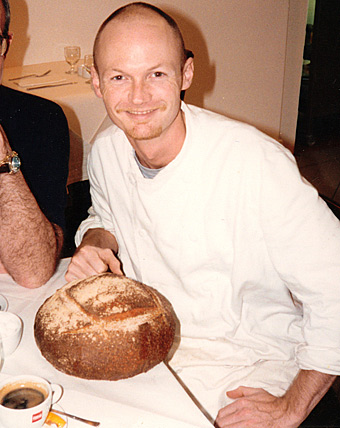
I knew of Dan’s reputation during his time as head chef at Baker & Spice Bakery from 1997, pre-sourdough explosion. But Dan had been experimenting with sourdough since his time at Alastair and also while in America, when he would visit Nancy Silverton’s La Brea Bakery attempting to recreate similar breads in Hockney’s home but Dan says it wasn’t until he came back and was at St John’s restaurant he felt he was making the sourdough he wanted. The photo of him was taken at St John’s restaurant.
For bakers like me with access to so much information either through baking text books or the internet where baking bloggers record and share amazing detail of their experience it’s hard to imagine a time when information wasn’t available. Dan says back in 1992, ‘There were no books I knew of then, so it would just be things I was told. Then a food critic, Emily Green who wrote for The Independent and a friend of Little’s head chef Juliet Peston, took an interest in my baking and told me about sourdough bread’
When Dan joined Gail Stephens at Baker & Spice as head chef he transformed what was then the typical French Patisserie outfit which was struggling to cover overheads into what became the place to buy the best bread in London. In a short period of 3 years he had established a well deserved reputation. Baker & Spice with their salads served on big platters and meringues piled high paved the way for the Ottolenghi type cafes we now have. It must’ve been very exciting being part of that change. It’s a shame Gail Stephens’ version of Baker & Spice didn’t survive.

Every Industry Needs An Outsider
Last Saturday when I attended his workshop Dan spoke of how he developed his style of dough making. He noticed while at Alastair’s that when he neglected the dough because he was incredibly busy, running up and down stairs in a typical Soho building, on returning to it the dough was developing regardless. The results were a good tasting loaf. This was how his method started, observing, changing and adapting.
We need the Dans of this world to come into any established industry and carve their own path, make the rest re-examine the status quo and pay attention. Dan came into this field later in life than a lot of bakers, he already had his own views and ideas and I think together with his creative talent has made him question ingrained methods. Creative people in order to put what they see on to paper, canvas, photograph have to take notice of what’s in front of them, it’s part of who they are, they may not even realise they’re doing it because it’s innate, not something taught.
The other streak that runs through a lot of creative types is a slight obsessive or pedantic side, this is where they’ll notice something and keep on at it until they’ve achieve the result they’re after. When you’re dealing with something like bread where there’s so many variables this is a very valuable way of being, repetition is the best practice, not because you’ll become better at say, shaping, no, I’m talking about getting to notice change. I’m not saying that only creative people can be good at baking, that’s not what I mean at all. But I do know about creative types and noticing changes is something they do.
Dan not being indoctrinated into the industries bad practices and having the more worldly experience of forming his own, was in the perfect position to create his method of baking. When his sourdough book The Handmade Loaf came out it spoke intelligently to the home baker, it was the first book of its kind in this country, up until then there was a view the subject of true sourdough was too complicated for the home baker to tackle or be interested in. How wrong could they be. Years on this book was the start of my sourdough experience and many others like me.
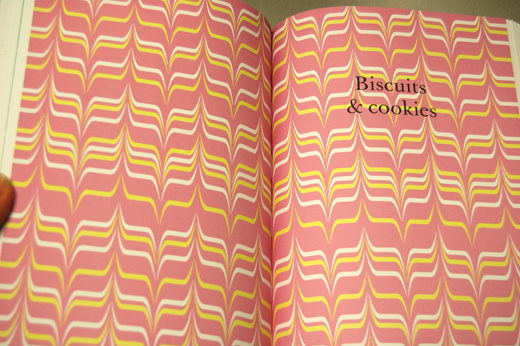
Baking Revival
There’s a great revival going on now with home bakers and artisan bakeries opening up all over the country and I feel as if I’m living through a change in the baking world but I don’t think you can overestimate what Dan started with Baker & Spice back in the 90′s. He’ll tell you how the old customers of Baker & Spice accustomed to the traditional French pastries, would walk into the new re-vamped shop, see a Danish covered in pistachio paste and tut tut, shake their head with the look of disdain on their faces and then walk out. Yep, I know what you’re thinking…pistachio on pastry was a food revolution? What would’ve they made of snail porridge then?
Now with hundreds of thousands of food blogs and food sites I think there’s little that can surprise us, it seems all flavour combinations have been thrown into the sink. In this new food world of no holds barred, the wanting to make a good pastry, cake or loaf will always be there. I don’t think that will ever go away, and that’s where Dan and David’s new book comes in for me.
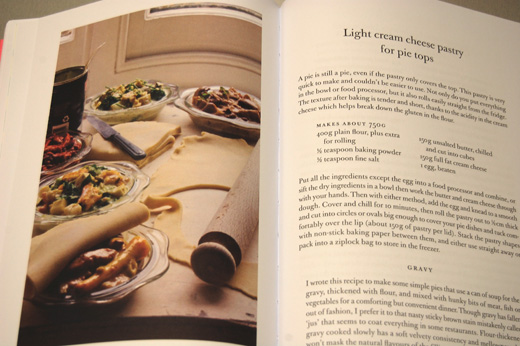
Short & Sweet
What started out the idea of producing a small book on home baking hence the name for the title, ‘Short & Sweet’ has turned out to be a doorstopper of a book. If you’re a follower of Dan’s Saturday Guardian column you’ll recognise some of the recipes but they’ve all been revisited, changed if necessary or clarified where needed and the rest are new recipes. In the next couple of months I should think there will plenty of cookery books coming out in time to make people’s Christmas wish lists, and speaking as an obsessive buyer of them this one deserves to be at the top of the list.
I stopped counting how many cookery books I have after 300+ and I know of people who’s cookery book collection runs into the thousands but as I’ve collected more and more I’ve become selective on what gets squashed into my double stacked book shelves. I don’t know about you but after a while you get bored with the same old, same old collection of recipes badly written or ghost written books. Here you have a book that is very much hands on and carefully thought out. Dan created, wrote and photographed the recipes and together with David’s talent for dealing with the detail they’ve produced what will become a worthy reference book, not just a pretty picture book with lovely recipes.
Reference books take a special place in my heart because over a period of time they prove themselves of their worthiness taking up space on your book collection. They’re the ones whenever you want to check something out, cross reference, confirm an idea or validate another recipe you grab off the shelf to see if there’s guidance. They’re not the sort of book I’ll have a brief affair with, and I have plenty of those on my shelves, they’re the sort that I will maintain a long term endearing relationship with, they become my companion. Short and Sweet will become that sort of book.
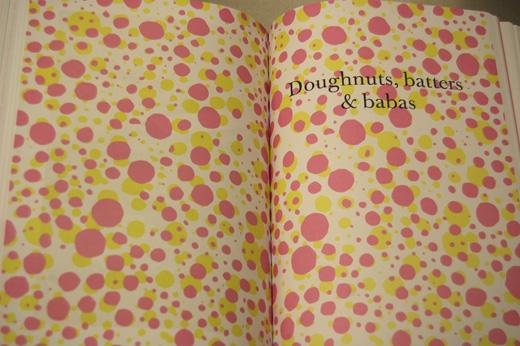
What Makes a Big Book Work
For me what makes a book like this work is that you don’t notice small irritations with it once you start using it. I compare it to a good evening in a well organised restaurant, not only do I want to have a delicious meal created by the chef, who’s name perhaps is over the door but I want the experience of the evening itself be a good one. When a restaurant is badly managed it becomes very apparent, a good restaurant is one you don’t even noticed it’s being managed.
I feel the same about big books, the layout should make sense and be clearly written but also importantly the index has to be taken care of. I can not tell you how many times I’ve shouted at books looking for something I know exists in the book but it’s not in the index. I’m very old fashion when it comes to indexes, there should be an order which makes sense and an ease of use. Dan and David I know made extensive efforts to make such details work in this book although Dan pointed out to me today he wished they had time to spend longer on it to iron out couple of minor occurrences…but that’s perfectionist Dan taking there.
The other irritation I think most of us have experienced with large books is when they don’t stay open when trying to follow a recipe. Dan and David were adamant the pages had to be of a certain weight in order to help keep the book open.

A Well Managed Book
A good editor will turn sexy food photos and great recipes into a good book that works for the user, it’s not a thrilling job but a necessary one. David’s job as editor apart from the obvious of editing the work and making sure the recipes were balanced in any particular subject was to trail through Dan’s forum and read every question posted about Dan’s recipes in order to add useful information in the book where people weren’t clear.
David’s attention to detail in making certain the ingredients were written in the order they appear in the recipe is something I as a cook will appreciate when using. It’s my least favourite thing to do when posting a recipe, write it and make sure it makes sense and flows in the right order. If only I could have an mini version of David sitting on my shoulder.

This book will take pride of place in my favourite book shelf sitting alongside other trusted books…you know…the ones that don’t collect dust.
